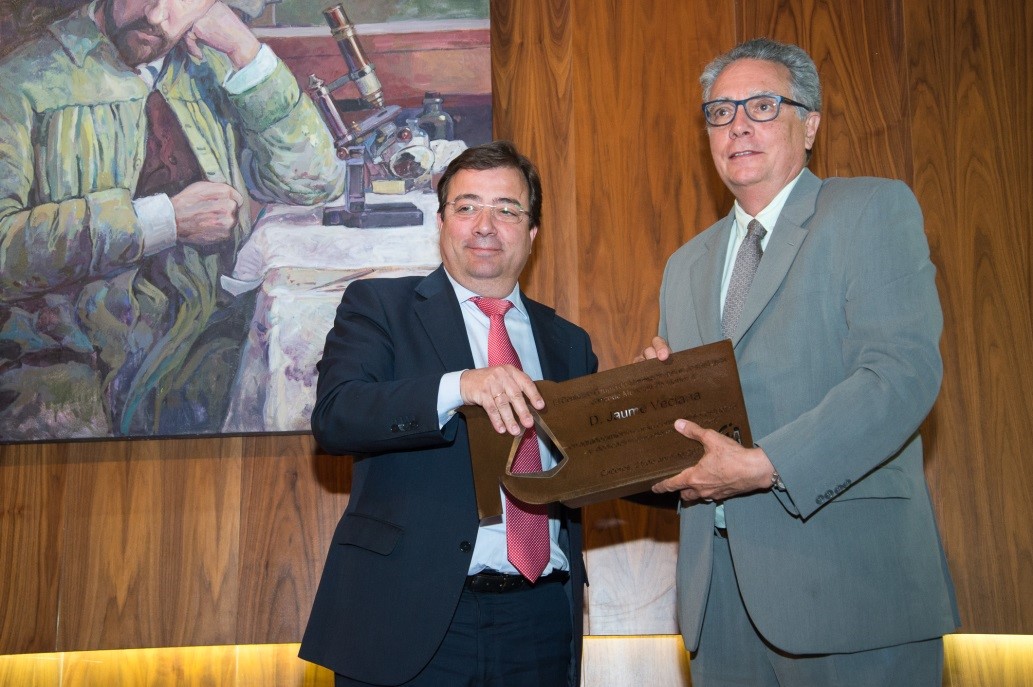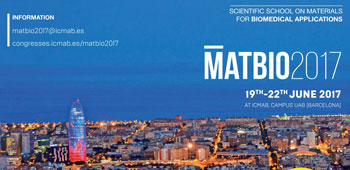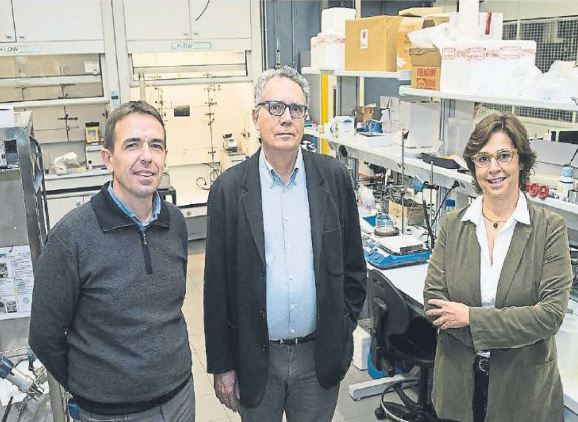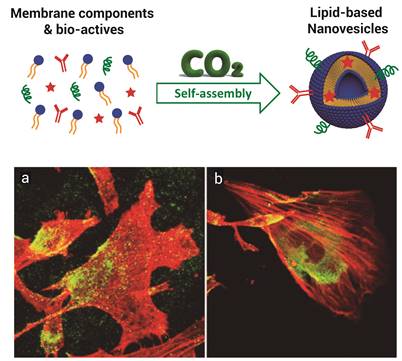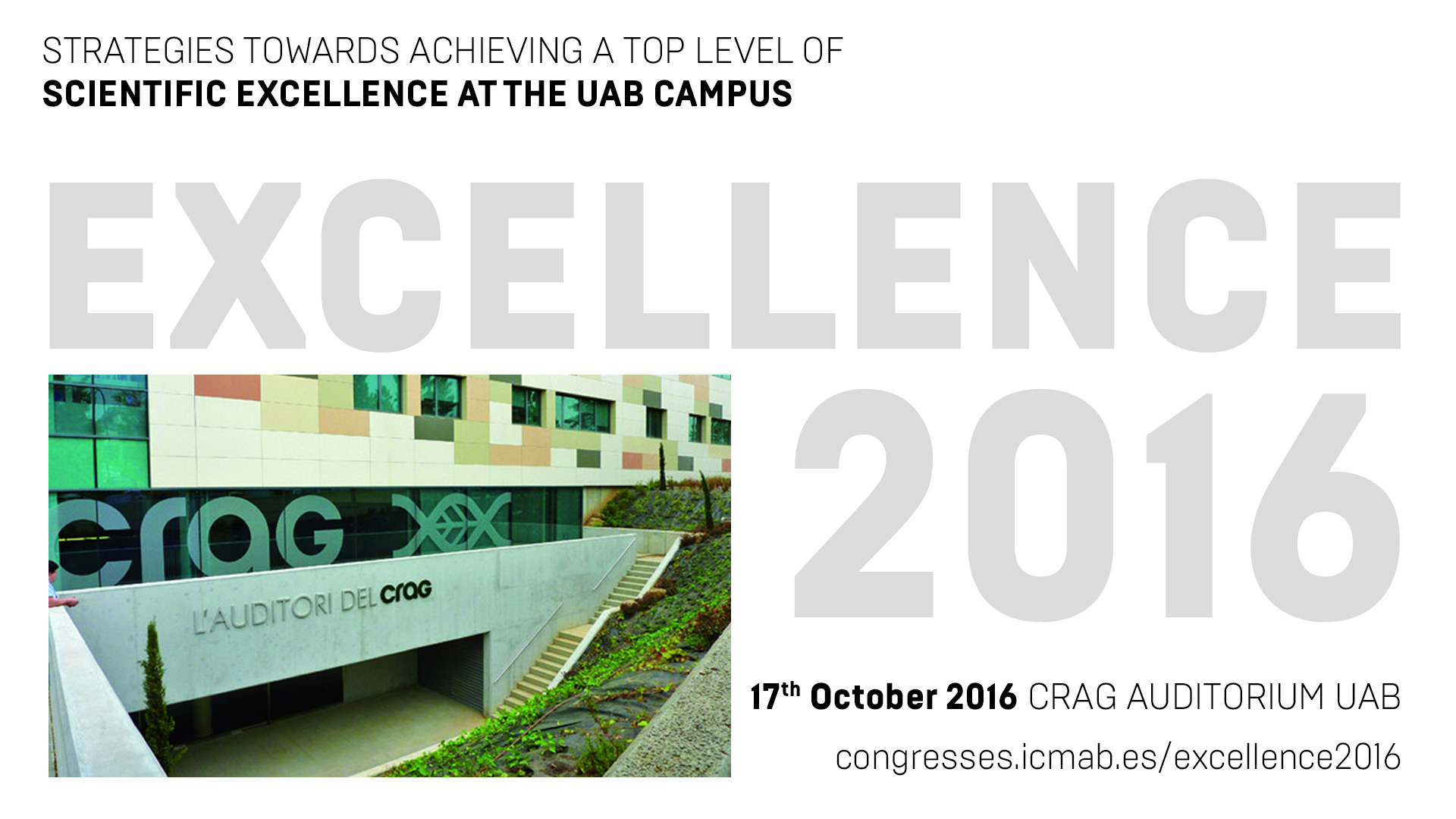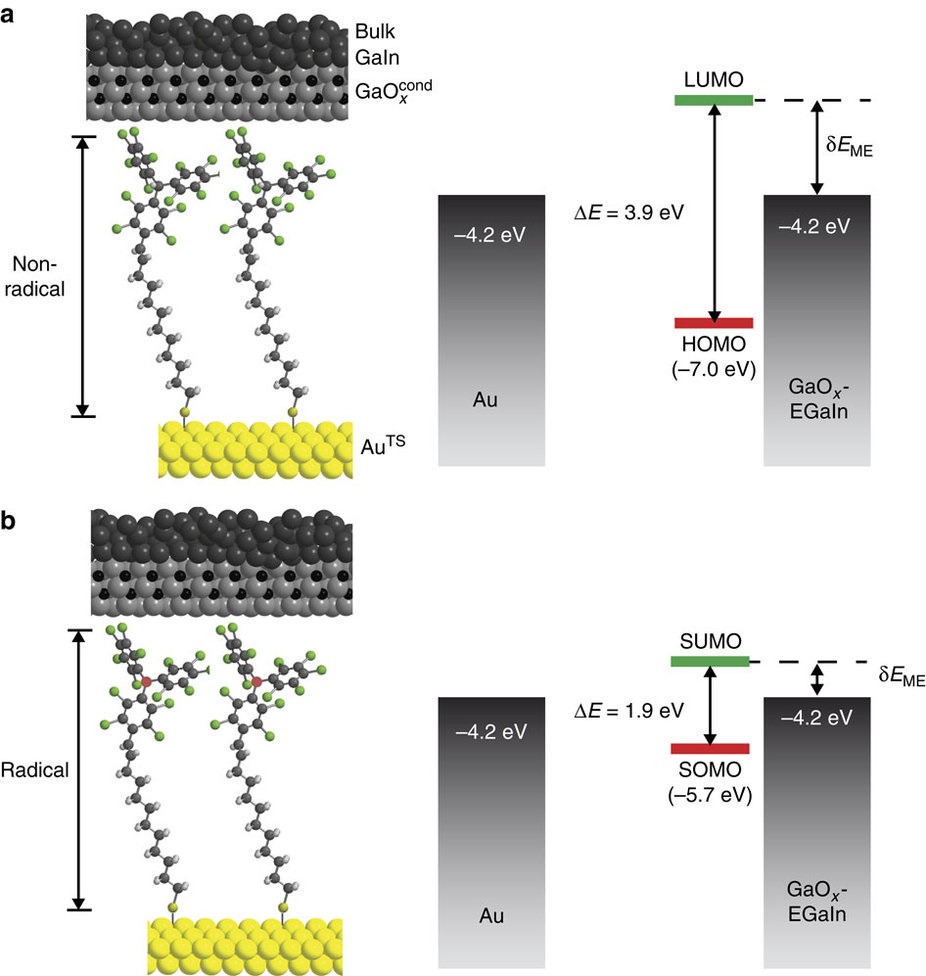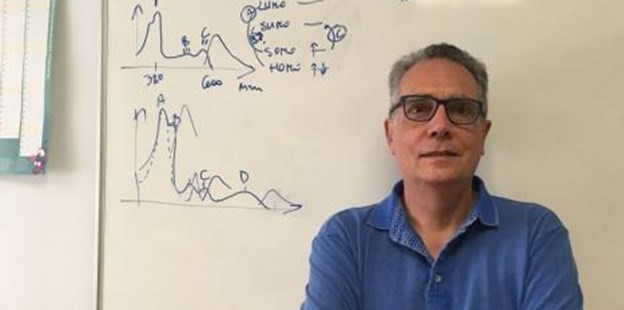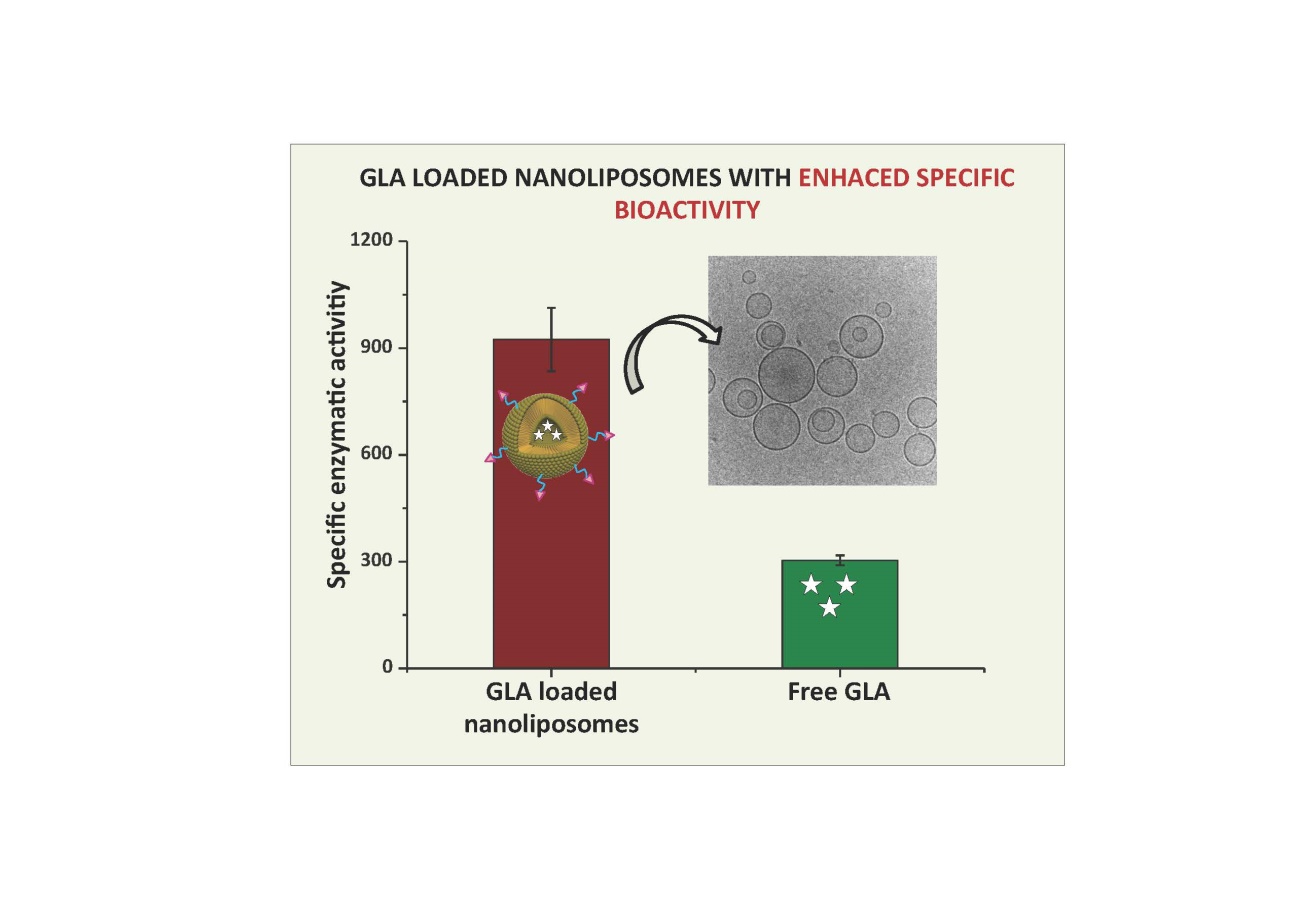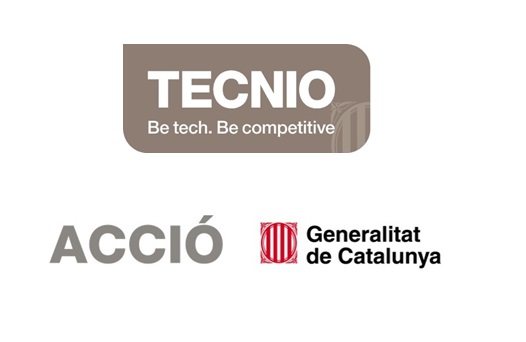NANBIOSIS Scientific Director Dr. Jaume Veciana received a Mention of Honor for his dedication to NANBIOSIS
On April 22, Dr. Jaume Veciana received a Mention of Honor from the current President of Extremadura, Guillermo Fernández Vara, during the celebration of the X Anniversary of the Center for Minimally Invasive Surgery “Jesus Usón” for his commitment, effort and dedication in the creation of the Singular Scientific Technological Infrastructures (ICTS) NANBIOSIS, in collaboration with the Center for Biomedical Research Center in Bioingeneering, Biomaterials and Nanomedicine (CIBER-BBN).
